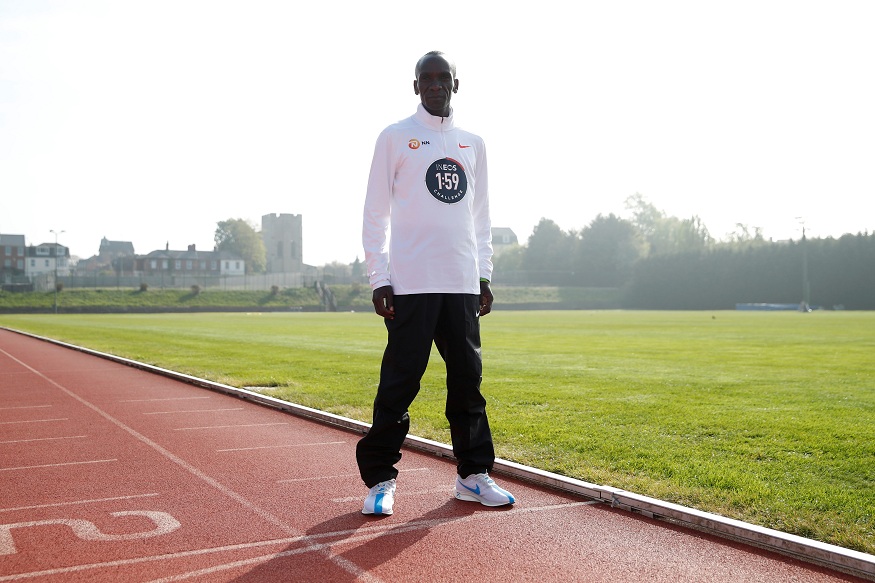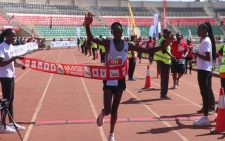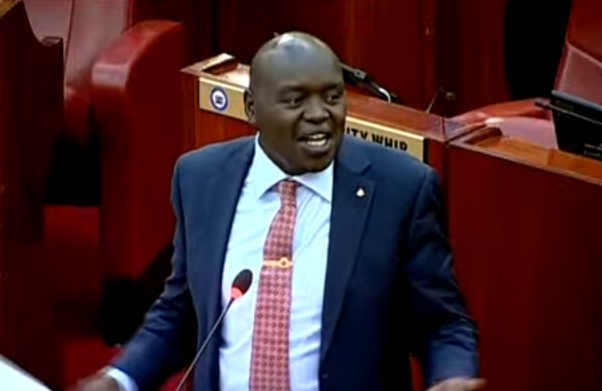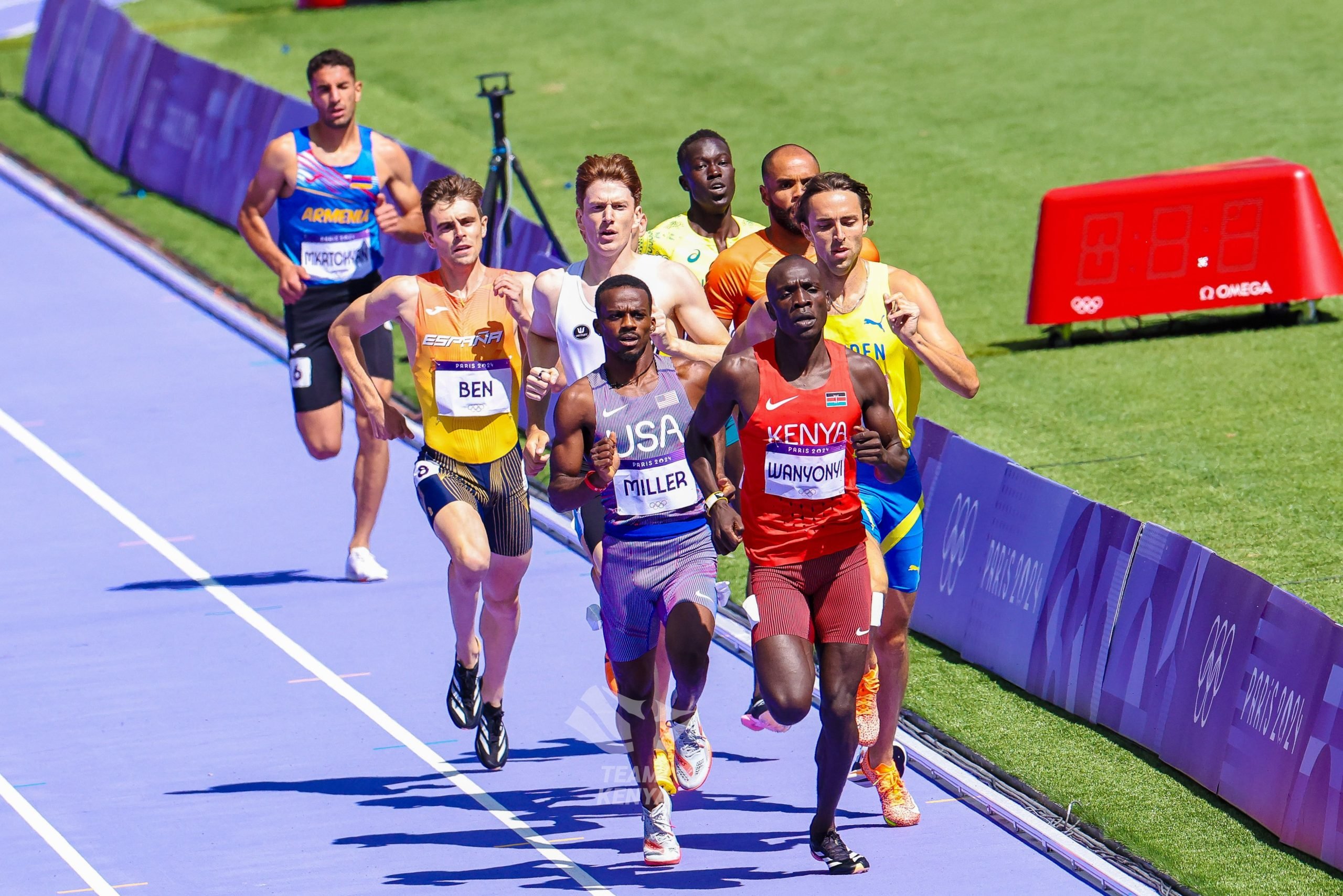It’s now time for marathon’s GOAT to write history

Eliud Kipchoge is about to attempt something no human has ever done before; he is going to try to run the length of a marathon in under two hours.
Yet should the 34-year-old accomplish this feat of human endurance, he won’t make it into the record books.
It’s the Kenyan himself who holds the current World Record, a blistering 2:01:39, set at the Berlin Marathon in September 2018.
But he’s run faster before.
Kipchoge clocked an impressive 2:00:25 in a previous attempt to break two hours in Monza, Italy, in May 2017, but fell short of one of the last remaining barriers in athletics.
On Saturday, Kipchoge is going to try to achieve what he was unable to before.
The Ineos 1:59 Challenge will see the runner take to the Prater, a park in Vienna, Austria.
He’ll run a flat 5.97 mile loop with no gradient 4.4 times (a total of 26.2 miles) in a bid to make history.
So what if Kipchoge does it?
For a race to meet athletics’ competition rules, and therefore be eligible to become a World Record, certain criteria must be met. They race has to:
Be sanctioned by the IAAF or by the Athletics Federation of the host country.
The course must be measured and certified by an official.
There must be anti-doping controls.
There must be at least three competitors.
Pacemakers cannot rotate in and out of a race.
An athlete cannot be paced by a vehicle with a motor.
Refreshments must be taken from official stations and not brought to an athlete.
During Kipchoge’s first attempt in Italy in May 2017, refreshments were brought to him and pacers swapped in and out, meaning the run fell foul of the IAAF’s rules.
Again in Vienna, pacemakers running just ahead of Kipchoge will swap in and out, but crucially the Kenyan is the only athlete attempting the challenge.
Refreshments in the form of eight pre-prepared drinks, energy and caffeine gels will also be handed to him every 3.1 miles (5km), breaching the rules.
Why do it if it’s not a World Record?
“It’s an attempt to break barriers.The two hour marathon is one of the final barriers left in athletics,” said Mara Yamauchi, a former Olympic marathon runner who is the second fastest British woman behind World Record holder Paula Radcliffe.
Sir Roger Bannister’s sub-four minute mile, set in 1954, has long since been broken, Morocco’s Hicham El Guerrouj, the current World Record holder, is now well under it with a time of 3.43.13, but people still remember the name.
“Kipchoge has shown he has the mental strength. He’s set the world record and won the London Marathon four times,” added Yamauchi.
She adds that “no stone will have been left unturned” by his team in their quest for victory.
What is the perfect plan?
Kipchoge has a dedicated team of six behind him, all focused on helping him to achieve the seemingly impossible.
When Kipchoge first attempted Nike’s Breaking2 in 2017, he ran a phenomenal time of 2:00:25, so all he needs to do is drop 26 seconds, just one second per mile, to break the two hour barrier.
But when you’re running at your absolute maximum, an extra second per mile is some ask.
How is he going to shave off the seconds?
“There’s no reason why not and he has come very close already,” says Professor David James, a professor of exercise science at the University of Gloucestershire.
Prof James points out that all Kipchoge’s training has been focused towards the Ineos 1:59 Challenge since he set a course record of 2:02:37 at the London Marathon in April.
As well as high-intensity interval sessions and long runs of slower miles, Kipchoge’s coach, Patrick Sang, has also incorporated more strength sessions into his routine, says Prof James.
These he believes are essential to improve running form and help to “sustain running economy” (running efficiently) which is most beneficial in the latter stages of the race when he will begin to tire.
He has also upped his mileage from his pre-London Marathon training, from 118-130 miles per week to between 124 and 140 miles.
For Kipchoge it’s all about visualising his goal
While Kipchoge’s entire team and pacers are listed on the Ineos 1:59 Challenge website, there is no mention of a psychologist.
With psychology so important for athletes hoping to win anything, Dr Josephine Perry, Sport Psychologist and author of Performing under Pressure said it is “surprising” that he does not appear to have a psychologist.
“When athletes are so close to achieving something, it is often the psychology holding the back,” Dr Perry says.
And when all that’s holding Kipchoge back is less than 26 seconds, it would seem strange that he does not appear to have a dedicated psychologist.
Earlier this year, when Kipchoge announced he would be running the challenge, he repeatedly talked about the mindset required to break two hours.
“I have visualised it. I have put it in my heart and my mind that I will break the two-hour barrier,” the 34-year-old told the assembled press.
“I have put it in my heart and my mind that I will break the two-hour barrier.
Kipchoge himself has put psychology at the heart of what he will do, stating: “My mental preparation for taking on such as challenge is just as important as my physical preparation.”
In the run-up to the race, Kipchoge cannot accurately experience the toughness of the 22-mile mark.
Instead he must mentally create memories to trick his brain into feeling that he has already done this and overcome the exact challenge before, explains Dr Perry.
Why pacers could prove essential
Prof James highlights the importance of pacers in the run.
A group will run in a “V” formation ahead of Kipchoge, not only setting his pace, but easing any wind resistance on him and allowing the Kenyan to run in their slipstream.
While this might not seem much, a canonical study by Griffith Pugh in 1971 found that to run at a pace of one mile every four-and-a-half minutes, drafting one metre behind another runner on a still day saves about 80 per cent of the energy you’d otherwise spend fighting air resistance.
That corresponds to about one second per 400 metres at that pace, and more on windy days.
Over a marathon distance, this would theoretically save 105.5 seconds (one minute and 45.5 seconds).
Kipchoge’s current fastest marathon record in which he did not have pacers in whose slipstream he could run was in Berlin in September 2018, where he set a blistering course record of 2.01.39.
To break two hours, Kipchoge needs to be running at a minimum of a 4.34.5 mile or 2.50km pace, meaning he will not be far off the time used in Pugh’s calculations.
So even if he could save 40 seconds, he would be under two hours. —ITV












